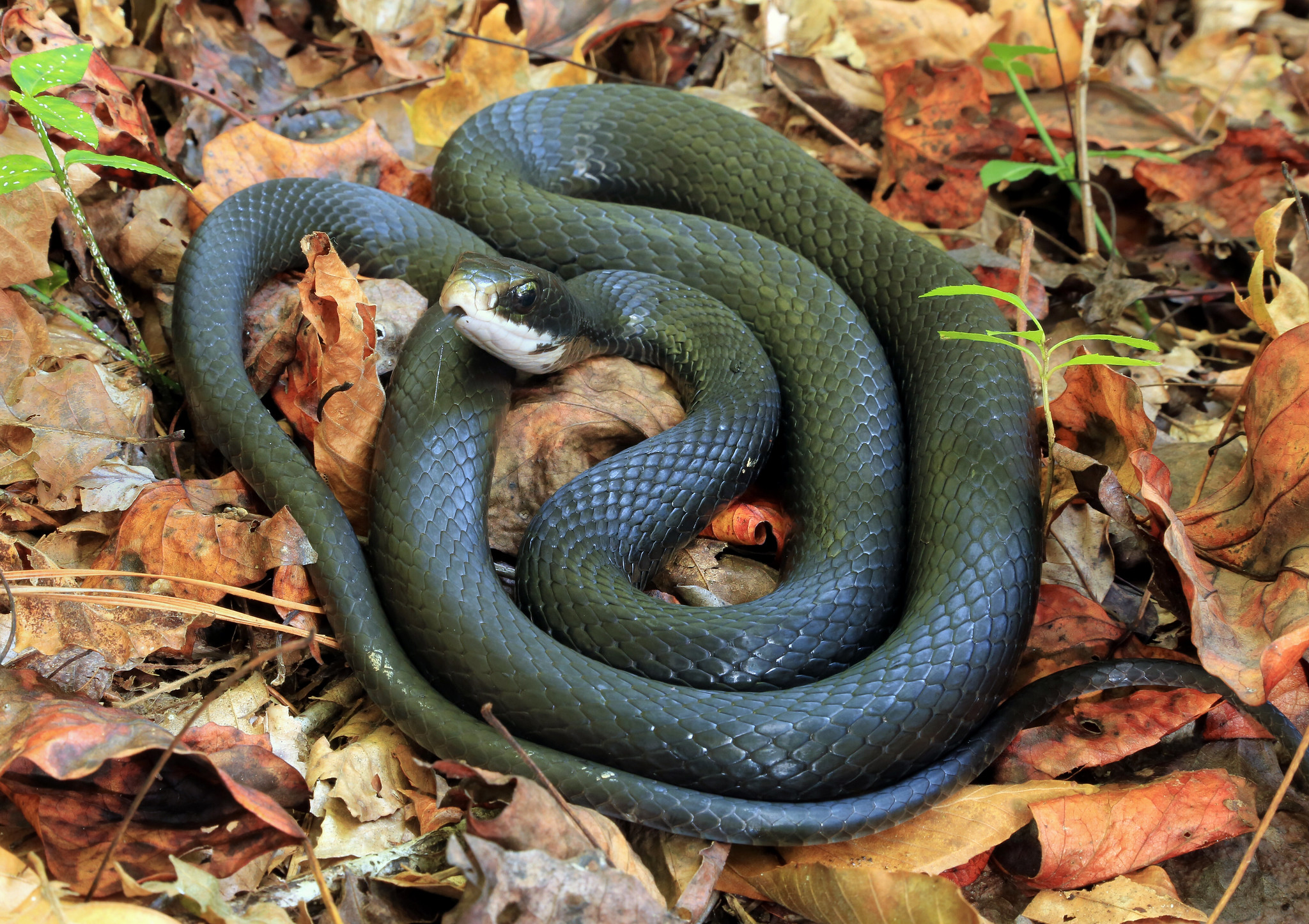Views:
In a recent dinner chat about wildlife, someone mentioned that he sees much more wildlife now than when he was a kid. Osprey, Bald Eagles, Wild Turkey, whitetail deer, bobcat, etc. Each was on the brink of extinction not long ago, but people noticed, and people acted. Through changes in hunting regulations, habitat restoration, reintroductions, and the ban of certain pesticides, each species bounced back. Yet, none of the animals he mentioned is a reptile or amphibian. While the 20th century saw the birth of the modern conservation movement and a handful of major success stories, less noticeable species continue to fade away in the background.
One purpose of this blog was to raise awareness of wildlife that might otherwise escape notice. How can someone ever care about a species they don’t know exists? Most public attention and conservation dollars go to mammals and birds, and that money makes a difference. Meanwhile, reptiles and amphibians face the same threats, but often with the added burden of being targets, actively persecuted. And while they don’t get the same attention from conservation groups as cute fluffy animals, they are critical to the health of ecosystems. In my home state of Vermont, we’ve seen at least three ‘herp’ species vanish, or nearly vanish, and most people here can’t name a single one. So, let’s go through them.

Boreal Chorus Frog (Pseudacris maculata)
Only an inch or so long, the Boreal Chorus Frog is tan with lighter colored stripes down its back. A close cousin to the Spring Peeper, the call of this species is more of a trill than a peep. When the Vermont Reptile and Amphibian Atlas first published range maps for all Vermont herps, the chorus frog wasn’t included. Even the herpetologists weren’t aware of chorus frogs in Vermont, except for one. A Canadian who did some surveys in the 1970s documented chorus frogs in 5 Northern Lake Champlain towns. After he reached out to say the atlas missed a species, efforts were made to find them again. In 1999, they could only be found in one town, and nobody has seen one in Vermont since. In the Eastern US and Canada, Boreal Chorus Frogs are in widespread decline. This may be due to roads, developments, and farm fields that split their habitat into isolated fragments. When an isolated population disappears, there isn’t another population close enough to recolonize the habitat.
Fowler's Toad (Anaxyrus fowleri)
Vermont is on the edge of the Fowler’s Toad range. While the species is common to our south, they were probably never abundant here. A little smaller than the American Toad, Fowler’s Toads have a pure white belly and more (smaller) bumps on their skin. Instead of a prolonged trill, their call is more of a high-pitched ‘whaaaaaaaa’. Known in Vermont only from a handful of spots in the southern Connecticut River Valley, the Fowler’s Toad was listed as a state Endangered Species in 2015. The last confirmed sighting was in 2007. We are cautiously optimistic that a few of these toads may still survive in the state.
North American Racer (Coluber constrictor)
Like the Fowler’s Toad, this species is only known from Vermont’s southern Connecticut River Valley, but is common farther south. Also called ‘black racers’, these snakes are almost solid black as adults, but with a white chin and lighter belly. Reaching upwards of six feet, they can be intimidating to those wary of snakes, but they are completely harmless. In the early 2000s, there was concern that the species might already be gone from Vermont, but a remnant population was confirmed in 2003. Roads and modern farming practices have taken their toll, however. The last known sighting was in 2014, but a few isolated populations may still survive there.
Vermont is on the very edge of the range of each species listed above. None were ever common state-wide in recent centuries, but much more common species show very concerning trends. Mink Frogs can’t be found in nearly as many towns compared to 30 years ago. Fifty years ago, the Smooth Greensnake was a common occurrence, but now almost nobody here sees them. Eastern Ribbonsnakes, only known from 15 towns in Vermont, appear to have vanished from 5 of them (including an entire county).

The decline of reptiles and amphibians is a persistent bleed from the health and diversity of our ecosystems, and one we need to pay attention to. Like the canary in the coalmine, these animals are bellwethers of habitat health. And, each time a native species is lost from a swamp, town, state, or the entire planet, ecosystems become less resilient to the mounting threats they face. While I am optimistic that we can change the tide and preserve many species in most places, that won’t happen if people can’t put a name or face to the species they are losing from their own backyards. And I say that as a hypocrite – I can’t put a name to even a small fraction of the insects that live in my backyard. There is more for all of us to learn about the plants and animals we share the landscape with. Doing so helps us all become better stewards of the land and water we, and wildlife, depend on.



